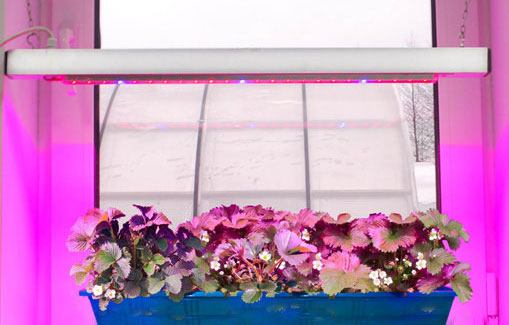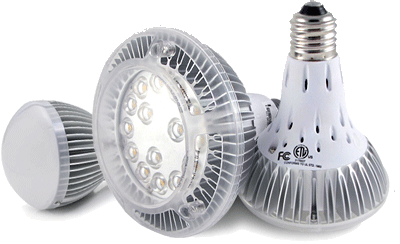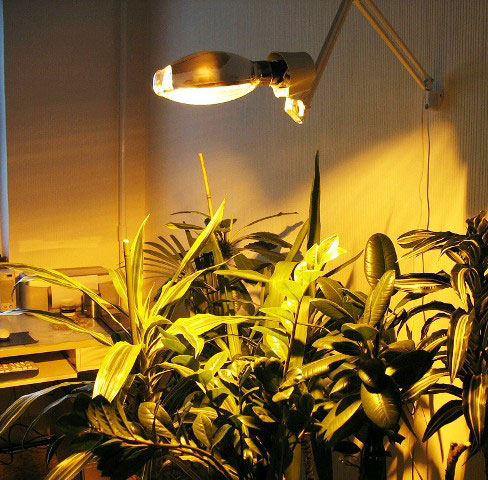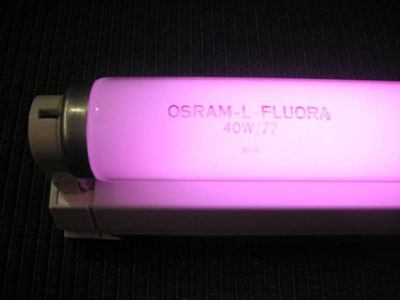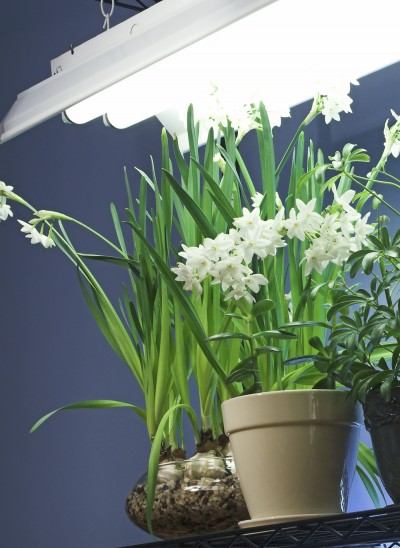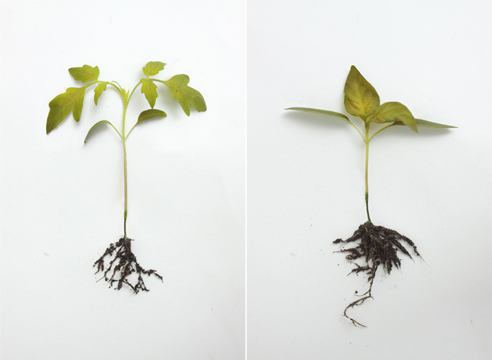There are conflicting opinions on the necessity of using grow lamps for plants. Experienced gardeners argue that there’s almost no difference between regular fluorescent LDC or LTBC lamps and grow lights, except for the price. However, electricians say that the spectrum and wavelength differ. But can we see the difference when we look at the healthy, grateful herbs on the windowsill, thriving under artificial light?
What is a Grow Lamp?
For photosynthesis to occur effectively, plants need a specific light spectrum—blue (445 nm) and red (660 nm). If the blue spectrum is missing, the root system won’t develop properly. Without the red spectrum, leaf growth slows down.
Grow lamps emit light in the required spectrum, which can increase the vitamin content in fruits and leaves.
I won’t cover industrial high-pressure sodium lamps here. Instead, I’ll focus on those devices that are practical for home use.
LED grow lamps are considered the most efficient, consuming less electricity. HOWEVER, these lamps, when placed on a windowsill in a living room, can gradually reduce your vision over time, not to mention their high cost. A basic setup will cost around 1200 UAH (4000 rubles), which is the minimum price. In my opinion, a modest herb garden on the windowsill doesn’t need such powerful lighting, but the choice is yours.
A cheaper option is the LED lamp with a standard E27 base. It has the same effect on the eyes, but the price starts at 150 UAH (400 rubles).
A less common choice is the Reflax DNaZ developed in Russia for seedlings on windowsills. The full kit costs about 1000 UAH (3600 rubles). These are gas discharge sodium lamps with a power range from 70 to 600 watts. A low-power lamp is suitable for home use. However, it generates heat, so plants must be at least 50 cm away from the light source. This lamp has proven effective for seedlings, especially when paired with DRiZ lamps. There are specific usage rules—turning them on and off correctly and following safety precautions. Such lighting is justified if natural light is severely limited, or the pots are placed far from the windows.
The most popular grow lights among Ukrainian gardeners are Fluora Osram 18 and 36 watts. One downside is that the light emitted isn’t eye-friendly and can even be irritating, though it’s nowhere near as harsh as the LED lamps. The advantage is the price (around 100 UAH, 3000 rubles) and compatibility with common G13 sockets, as well as availability in retail chains. One way to reduce the negative impact of Fluora lights on vision is to use them in combination with warm spectrum lamps, such as standard fluorescent bulbs.
You can use Fluora lamps year-round by turning them on whenever you switch on your room lights. You can even hang the lamp on cords from a curtain rod or mount it on window sills—your creativity is limited only by technical constraints. The distance between the plant and the lamp should not exceed 50 cm. There are plenty of ideas for lamp placement on the forum of the Kyiv Orchid Lovers Club.
Standard fluorescent lamps can also be somewhat effective. For example, placing one on each side of a window, facing each other, can help illuminate your plants.
Whether or not to use grow lights is a personal decision. However, experience shows that herbs on southeast or south-facing windowsills get enough light even in winter since most herbs rest during this time. For windows with other orientations, you may need to monitor your plants and decide accordingly. Herb seedlings, however, will struggle without extra light, but once again, it depends on the time of year and the location of your plants.
